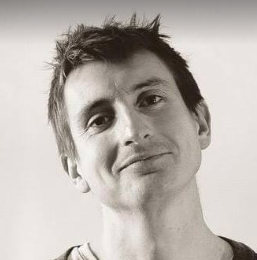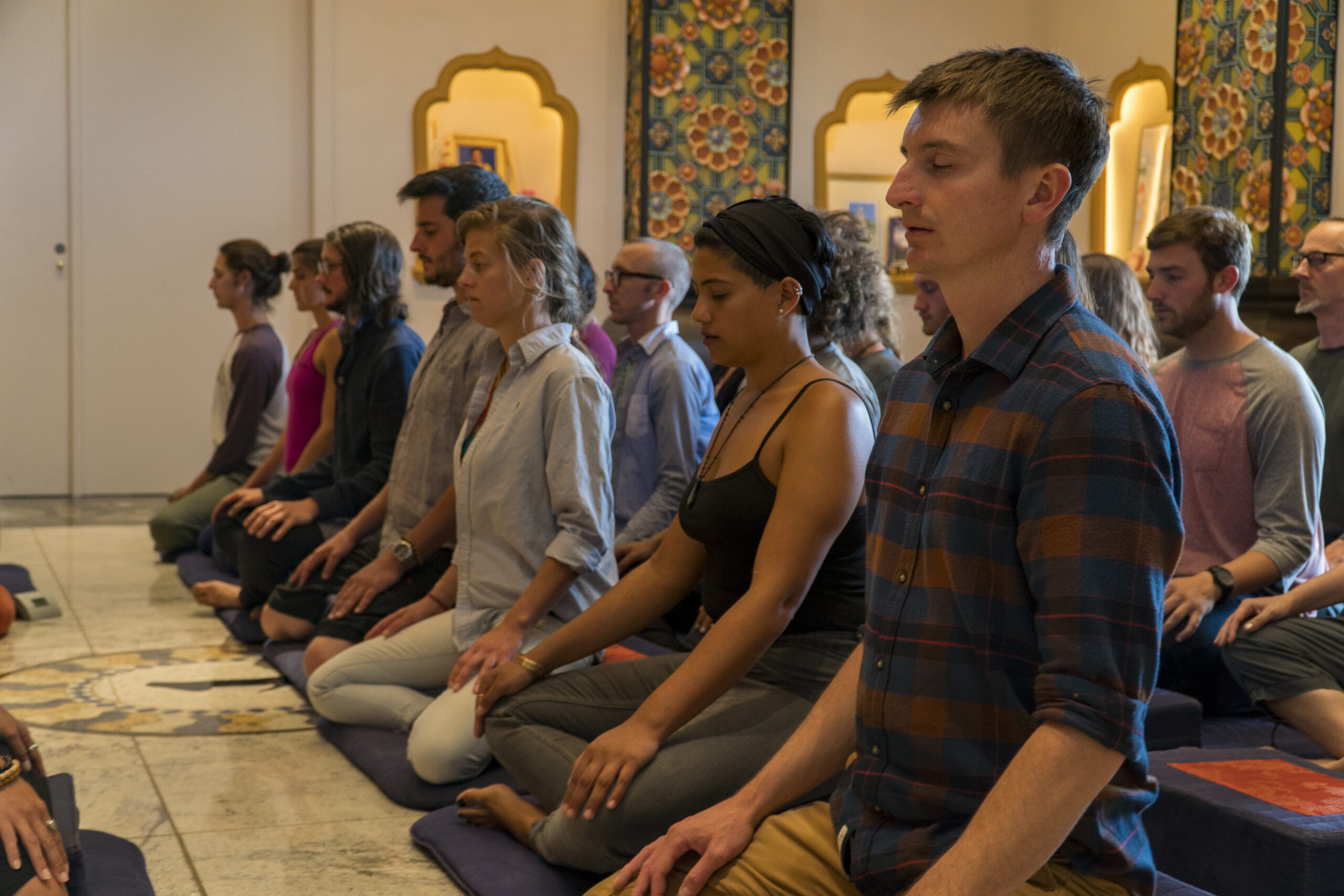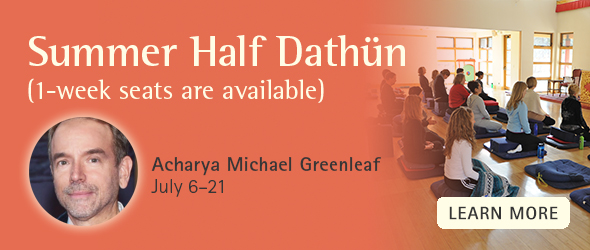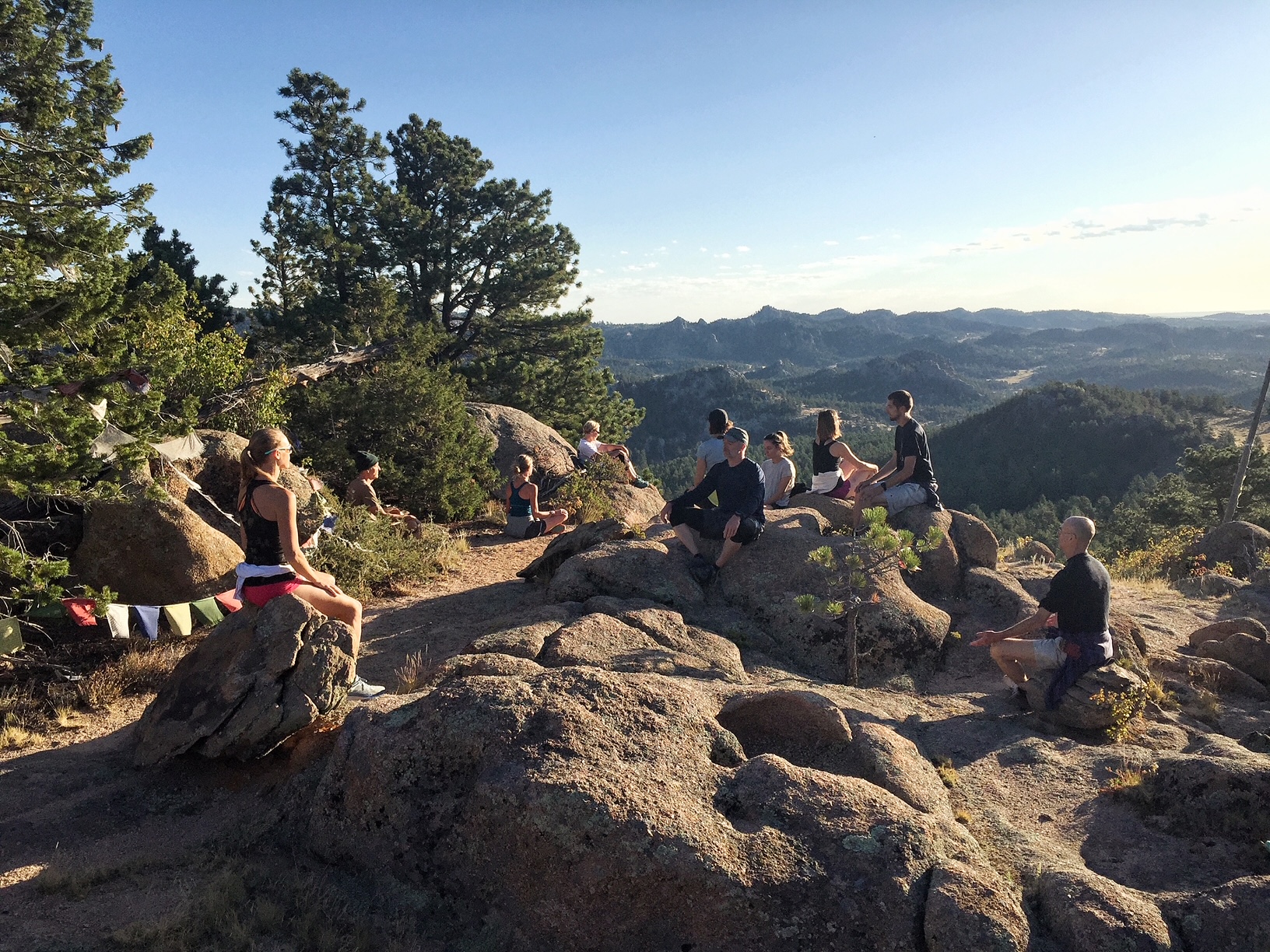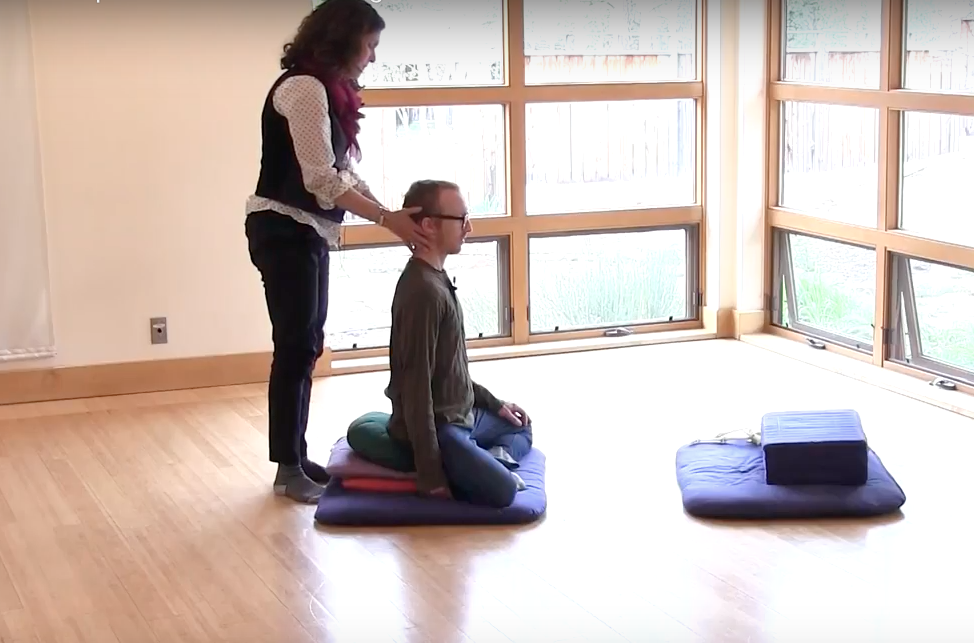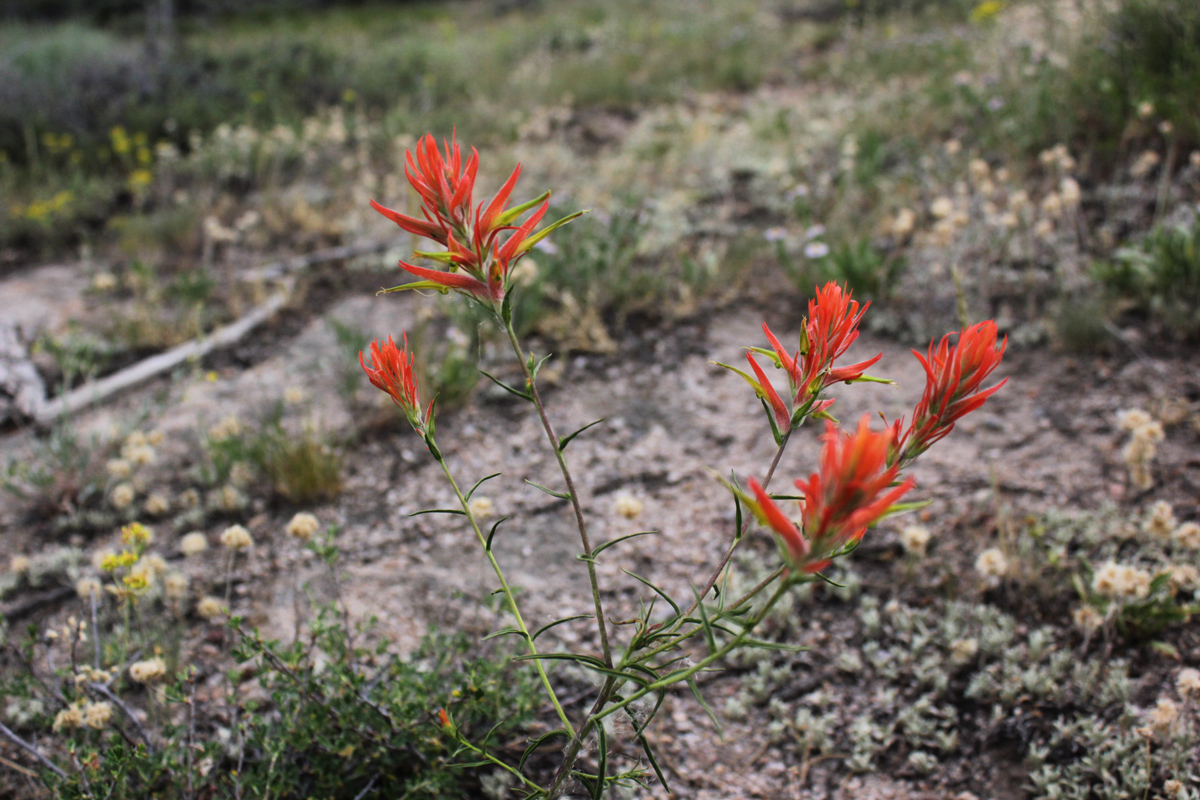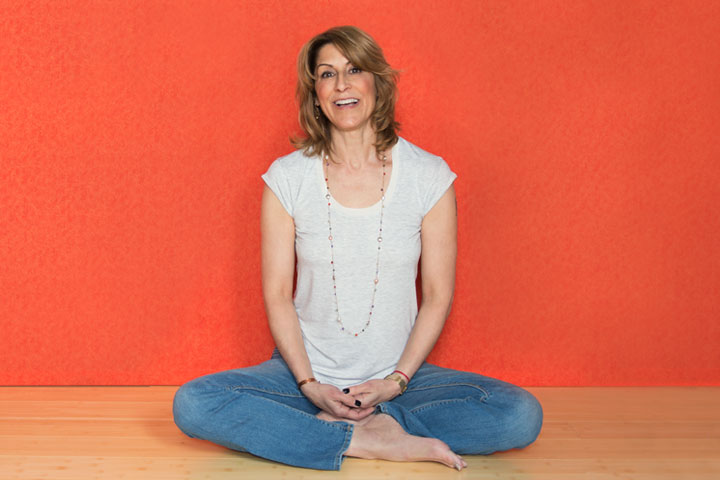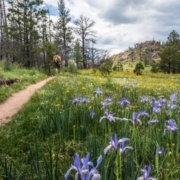5 Things To Know About Meditating for a Whole Week
By Ryan Stagg //
At the end of a recent week-long meditation retreat at Shambhala Mountain Center another participant remarked about how difficult it would be to explain her experience back home. “We sat a lot, walked in circles, and didn’t talk much,” she said with a laugh.
And yet somehow after a week of performing this simple routine, often in complete silence, we all had smiles on our faces and a clear appreciation for the journey we had just completed. It was hard to pinpoint exactly what, but some transformation had undoubtedly occurred. The atmosphere in the room was simply lighter and more spacious.
There is something very radical about choosing to go on a meditation retreat. In many ways it stands in contrast to the speediness and excitement of our everyday lives. It also creates a fundamental shift in our perspective—rather than seeking fulfillment externally, we resolve to sit and look inside, at our own bodies, hearts, and minds.
The effects of embracing this contemplative perspective have long been promoted by practitioners and more recently by scientists. What’s fascinating is that the benefits don’t come from outside as we are so often socialized to believe. They come from within our own being. Somewhere in the midst of sitting and walking in circles people continue to discover something profound. In Shambhala we call this our “basic goodness.”
To discover basic goodness is to glimpse one’s own inherent worthiness and completeness. It’s a feeling of contentment with things as they are. Of course there are many benefits of going on retreat and everyone will have their own unique experience, but I’d like to share five things that I’ve learned about the journey:
- I had to take a leap. Breaking out of the cycles of everyday life to come on a meditation retreat is not easy. I worried about getting behind at work. The long winter was finally breaking and warm spring days made me wonder if leisurely weekends might be a better way to spend my time. I knew from retreats before that my back would hurt…a lot. The list goes on. A definite leap had to occur out of my daily routine and all the momentum it carries. It’s really the first step of the practice—to break the attachments to habitual tendencies and comforts. It’s a challenge to put aside a week or a month, but that decision becomes the essence of the practice; it lays the foundation for letting go.
- There is no replacing the full immersion of extended retreat. I’ve sat a number of weekend retreats recently, which are certainly a good way to spend a weekend. However, I find something happens around day 3, a kind of immersion where the practice becomes a little more embodied, a little more effortless. Sometimes it’s difficult for me to sit even 25 minutes in a day but the transition to sitting hours and days at a time is surprisingly simple. The container created by the retreat staff and the other participants becomes a powerful support and I seem to find a hidden patience and resolve.
- Relentless kindness to oneself is key. The Shambhala teachings have really done a number on my idealistic expectations of meditation. When you try to be a Buddha you end up being very hard on yourself, when you try to be a human you end up being kind to yourself. The Acharya, or lead teacher, of this retreat led us in a three part exercise each day where we’d feel what we were feeling—maybe pain in the body or a particular emotion—extend kindness to that feeling, and then relax into the feeling of being kind to oneself. It’s a simple and powerful practice that helped me reintegrate the more difficult parts of myself I’d rather not sit with—the parts that don’t seem “enlightened”. This technique helps alleviate some of the conflict and struggle of sitting meditation and replace it with a more holistic appreciation of what it means to be human.
- I felt a lot. Sometimes more than I’d like to. I find it amazing how the world opens up from sitting. Maybe distant memories in which I could smell my childhood home and feel the warmth of a glowing fire. Maybe a stark feeling of loss for the relationships and experiences now long gone. In between breaths, the ups and downs of life come and go as always. We also had a much-needed “aerobic walk” each afternoon. I live here at Shambhala Mountain Center but each time felt like the first time I’d ever seen this incredible land. My perceptions were heightened, I could vividly feel the point of the pine needles and the pleasant ruffle of the wind upon the water of Lake Shunyata.
- I found a lasting place of calm. Many of us go seeking externally for peace and quiet, awaiting our next vacation or moment to escape. But real peace and quiet comes from working with the mind. The depth of meditation I cultivated on retreat is something I can come back to over and over; it isn’t based on external conditions. One of my favorite meditation teachers, B. Alan Wallace, refers to it by the greek word eudaimonia. It’s subtle, but that sense of my own completeness grows each time I make the leap to sit a retreat. I couldn’t think of a more worthwhile way to spend my time.
About the Author
